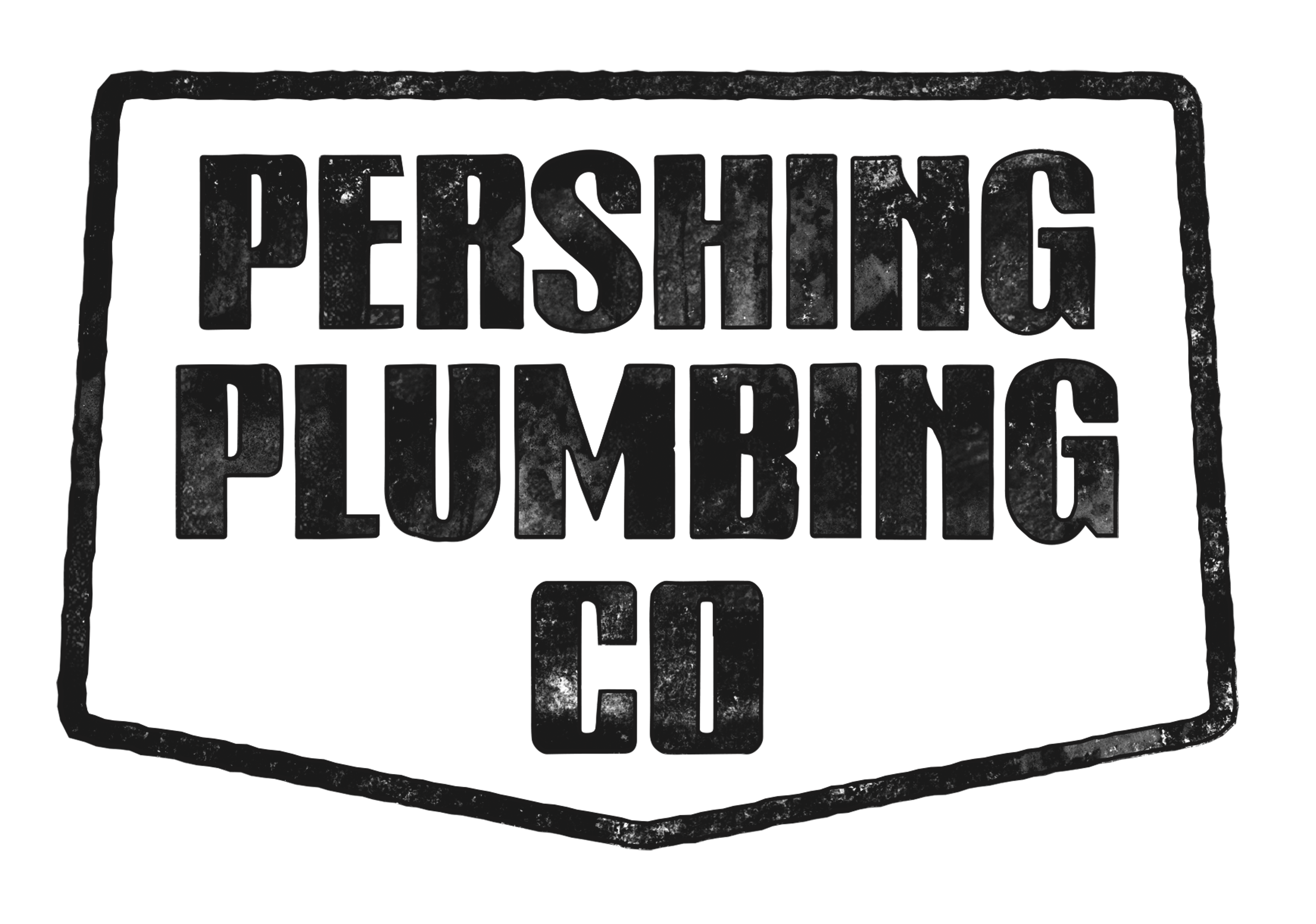Dealing with a clogged drain in a pedestal sink can be a frustrating experience. However, with the right tools and techniques, you can effectively clear the blockage and restore proper drainage. In this blog, we will guide you through the process of snaking a pedestal sink drain, focusing on the fortunate scenario where the clog is located in the trap or trap arm. Follow these step-by-step instructions to resolve the clog and keep your pedestal sink functioning smoothly.
- Assess the Severity of the Clog: Before proceeding with snaking the drain, determine the severity of the clog. If the water is not draining at all, you may need to manually remove any standing water using a bucket or a plunger. If the water is slowly draining or there is a gurgling sound, it indicates a clog in the trap or trap arm.
- Gather the Necessary Tools: To snake a pedestal sink drain, gather the following tools: a snake or drain auger, safety gloves, eye protection, a bucket, a flashlight, and a towel or rag. These tools will ensure your safety and make the process more efficient.
- Prepare the Snake: Extend the snake fully, ensuring it is securely locked in place. The length of the snake should be sufficient to reach the clog in the trap or trap arm of the pedestal sink.
- Locate the Clean-Out Plug: Pedestal sinks often have a clean-out plug located at the bottom of the trap or trap arm. This plug provides access to the clogged area and allows you to insert the snake.
- Remove the Clean-Out Plug: Using a wrench or pliers, carefully remove the clean-out plug from the trap or trap arm. Place a bucket or towel beneath the plug to catch any water or debris that may be released.
- Insert the Snake: With the clean-out plug removed, insert the snake into the drain opening. Gently guide it through the trap or trap arm, being mindful not to force it. Rotate the snake clockwise as you advance it further, which helps dislodge the clog.
- Feel for Resistance: As you snake the drain, you may encounter resistance indicating the presence of the clog. Use steady pressure to push through the clog while continuing to rotate the snake. Avoid applying excessive force, as it may damage the pipes.
- Break Up the Clog: Continue snaking the drain, moving back and forth to break up the clog. If you feel the snake becoming loose or free, it suggests that the clog has been cleared. However, it’s recommended to thoroughly clean the entire length of the trap and trap arm to ensure complete removal of any debris.
- Retrieve the Snake: Once the clog is cleared, slowly retract the snake from the drain, rotating it in the opposite direction. As you remove the snake, be prepared for water and debris to come out. Keep a bucket or towel handy to catch any residue.
- Replace the Clean-Out Plug: After the snake is removed, clean the clean-out plug, removing any debris or residue. Carefully reinsert the plug into the trap or trap arm and tighten it securely.
- Test the Drain: Run hot water down the sink to ensure that the clog has been successfully cleared. Observe the flow of water and check for any signs of lingering blockages or slow drainage. If necessary, repeat the snaking process or seek professional assistance.
Conclusion: Snaking a pedestal sink drain can be a straightforward process when the clog is located in the trap or trap arm. By following the step-by-step guide outlined in this blog, you can effectively resolve the clog and restore proper drainage to your pedestal sink. Remember to assess the severity of the clog, gather the necessary tools, and exercise caution throughout the process. Regular maintenance and preventive measures, such as avoiding the accumulation of hair and debris in the sink, can help prevent future clogs. If you encounter persistent or severe clogs, it is advisable to seek professional assistance from a licensed plumber. With the proper techniques and a little bit of effort, you can keep your pedestal sink running smoothly and avoid the inconvenience of clogged drains.

